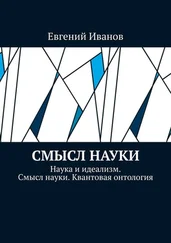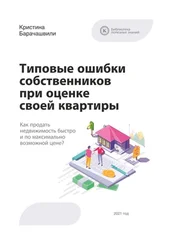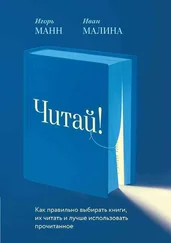89Stephen Cole, Jonathan R. Cole, Gary A. Simon, “Chance and consensus in peer review,” in Science , 214, 1981, pp. 881–886.
90См. подробное исследование критериев оценки в: Michèle Lamont, How professors think. Inside the curious world of academic judgment (Cambridge, MA: Harvard University Press, 2009).
91См.: Thane Gustafson, “The controversy over peer review,” in Science , 190, 12 December 1975, pp. 1060–1066.
92См.: R. N. Kostoff, “Performance measures for government-sponsored research: overview and background,” in Scientometrics , 36 (3), 1996, pp. 281–292; см. также: Fabien Jobard, “Combien publient les politistes. La productivité des politistes du CNRS et leurs supports de publication,” in Revue française de science politique , 60, 2010, pp. 117–133.
93См. анализ суждений по поводу найма профессоров в: Christine Musselin, Le Marché des universitaires (Paris: Presses de Sciences Po, 2006).
94См.: Eugene Garfield, “Citation indexes in sociological and historical research,” in American Documentation , 14 (4), 1963, pp. 289–291.
95Eugene Garfield, “Citation indexing for studying science,” in Nature , 227, 15 August 1970, pp. 669–671.
96См.: Yves Gingras, Matthew L. Wallace, “Why it has become more difficult to predict Nobel prize winners: a bibliometric analysis of nominees and winners of the chemistry and physics prizes (1901–2007),” in Scientometrics , 82, 2010, pp. 401–412.
97Eugene Garfield, “Citation indexing for studying science,” in op. cit. , p. 671.
98См.: Janet B. Bavelas, “The social psychology of citations,” in Canadian Psychological Review , 19 (2), 1978, pp. 158–163.
99См.: Theodore M. Porter, Trust in Numbers. The Pursuit of Objectivity in Science and Public Life (Princeton: Princeton University Press, 1996).
100См.: Nicholas Wade, “Citation analysis: a new tool for science administrators,” in Science , 188, 2 May 1975, pp. 429–432.
101См.: Jorge E. Hirsch, “An index to quantify an individual’s scientific research output,” Proceedings of the National Academy of Sciences , 102, 2005, pp. 16569–16572.
102См.: Thed N. van Leeuwen, “Testing the validity of the Hirsch-index for research assessment purposes,” in Research Evaluation , 17, 2008, pp. 157–160.
103Ludo Waltman, Nees Jan van Eck, “The inconsistency of the h-index,” 2011, in ArXiv:1108.3901v1.
104Индексу Хирша был посвящен в недавнем прошлом вал наукометрических публикаций, однако авторы некоторых из этих статей, по всей видимости, мало озабочены вопросом, имеет ли индекс какой-либо смысл, и довольствуются его применением без критической рефлексии. См. анализ этой серии публикаций в: Ronald Rousseau, Carlos García-orita and Elias Sanz-Casado, “The h-bubble,” in Journal of Informetrics , 7 (2), 2013, pp. 294–300.
105См.: http://pubs.acs.org/cen/science/86/8621sci1.html.
106См.: Robert Adler, John Ewing, Peter Taylor, “‘Citation Statistics,’ a report from the International Mathematical Union (IMU) in cooperation with the International Council of Industrial and Applied Mathematics (ICIAM) and the Institute of Mathematical Statistics (IMS),” in Statistical Science , 24, 2009, pp. 1–14.
107См.: David Edge, “Quantitative measures of communication in science: a critical review,” in History of Science , 17, 1979, pp. 102–134.
108См.: Éric Archambault, Vincent Larivière, “History of journal impact factor: contingencies and consequences,” in Scientometrics , 79 (3), 2009, pp. 639–653.
109См.: Wolfgang Glänzel, Henk F. Moed, “Journal Impact Measures in Bibliometric Research,” in Scientometrics , 53, 2002, pp. 171–193.
110См.: Richard Smith, “Journal accused of manipulating impact factor,” in British Medical Journal , 314, 1997, p. 461; Frank-Thorsten Krell, “Should editors influence journal impact factors?”, in Library Publishing , 23, 2010, pp. 59–62; Allen W. Wilhite & Eric A. Fong, “Coercive citation in academic publishing,” in Science , 335, 3 February, 2012, pp. 542–543.
111См.: James Testa, “Playing the system puts self-citation’s impact under review,” in Nature , 455, 9 October, 2008, p. 729.
112См.: Paul Jump, “Journal citation cartels on the rise,” in Times Higher Education , 21 June 2013, http://www.timeshighereducation.co.uk/news/journal-citation-cartels-on-the-rise/2005009.article.
113См.: Y. Gingras, Sociologie des sciences , op. cit., pp. 67–69.
114См.: Richard Van Noorden, “Brazilian citation scheme outed. Thomson Reuters suspends journals from its rankings for ‘citation stacking’,” in Nature , 500, 29 August, 2013, pp. 510–511.
115См.: Editorial, “Not so deep impact,” in Nature , 545, 23 June 2005, pp. 1003–1004.
116См.: Per O. Seglen, “Why the impact factor of journals should not be used for evaluating research,” in British Medical Journal , 314, 15 February, 1997, pp. 498–502.
117См.: Nicolas Gallois, “Les conséquences des nouveaux critères d’évaluation des chercheurs en science économique,” in L’Économie politique , 59, 2013, pp. 98–112.
118См., например: David Crouch, John Irvine, Ben R. Martin, “Bibliometric analysis for science policy: an evaluation of the United Kingdom’s research performance in ocean currents and protein crystallography,” in Scientometrics , 9 (5–6), 1986, pp. 239–267; см. также: K. C. Garg, M. K. D. Rao, “Bibliometric analysis of scientific productivity: a case study of an Indian physics laboratory,” in Scientometrics , 13 (5–6), 1988, pp. 261–269.
119Более подробно см.: www.rae.ac.uk.
Читать дальше
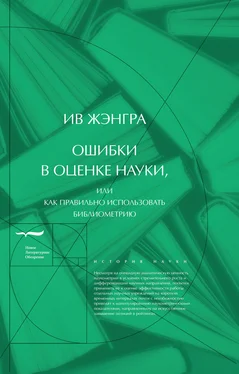




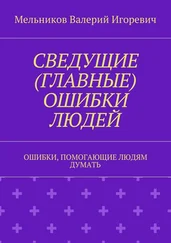

![Ив Жангра - Ошибки в оценке науки, или как правильно использовать библиометрию [калибрятина]](/books/390964/iv-zhangra-oshibki-v-ocenke-nauki-ili-kak-pravilno-thumb.webp)

